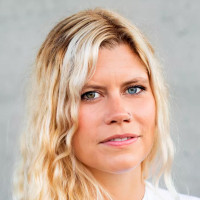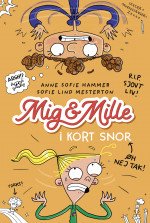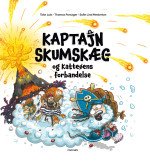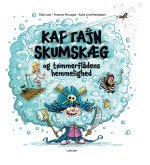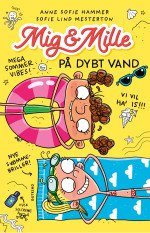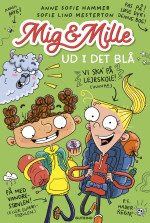Synopsis
It’s the first day back at school in Year 6 and a new girl enters the class room. She has wild curly hair and an overbite, and then she is called Milla. She is asked to sit in the empty seat next to Milla. And from then on funny things start to happen.
You see, the two girls are not only called the same, they also have exactly the same sense of humour. In fact, sometimes they only need to look at one another – then laughter bubbles out of them both. And the same goes for nutty ideas. About edible dog poos, about silly video clips and abduction of the teacher’s keyboard.
But one day, things go terribly wrong when they attempt to pull a prank on Milla’s big brother. Inadvertently, they mess up the relationship between him and his secret girlfriend and he is so deeply unhappy that the two friends need to put their creative minds to work to bring the two together again asap – without anyone realising that they were the ones causing the chaos to begin with.
Take a look at Danish publisher, Gutkind's, Me & Milla universe here, containing videos and extra material, like colouring pages and a interactive work book.
Personal note from the author
Where does the inspiration for Me & Milla come from?
I wanted to write a book about girls, but completely devoid of girly problems. I think I was longing for a book that puts girls in the active, fun and prank-pulling role. Milla and Milla are around 10-years-old and it is exactly that age where you have an imagination and a level of abstraction which cause you to see the world from a very special, off angle and allows you to create fun out of what you see. And THAT’S what I wanted to write about.
Why is your focus on exactly friendship and humour in Me & Milla? What is it humour can do in children’s books?
I think we have all tried at some point to long for that very special friend, with an instant connection. Where you have the feeling that you understand each other and instantly think: “YES! PRECISELY!” . And where you only have to look at each other before you get a laughing spasm. It is utterly lovely to be with someone who makes you laugh.
And Milla and Milla create fun in an inclusive way, both when it comes to the reader and their friends inside the fiction. They are not scared of being silly, laughing about themselves and each other – on the contrary. It has been extremely fun to write it, and then the fun has been repeated one more time when I saw Sofie Lind Mesterton’s completely wonderful drawings that just extend the playfulness. I think all the good laughs we have shared along the way, show when you read the book.
Humour is a really important ingredient in our lives. And it is also an important ingredient in children’s literature, because it provides such an easy access to reading pleasure. We have been so busy telling children how important it is to read every day, so they can become stronger readers. But it is actually even more important that they read because they like it. Because reading can give them som fantastic experiences. Laughter is just one of those fantastic experiences. But it is an experience which the children feel and understand very naturally. The same of course goes for adult literature. But everything is turned up a knot in children’s literature and I think that is what I like so much about it.


